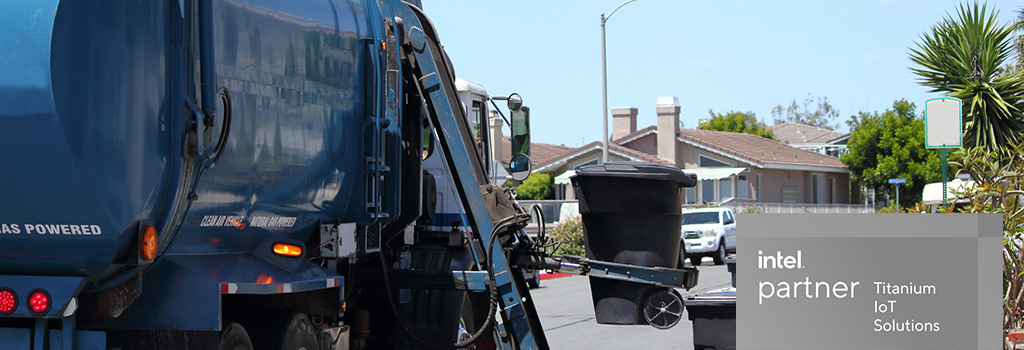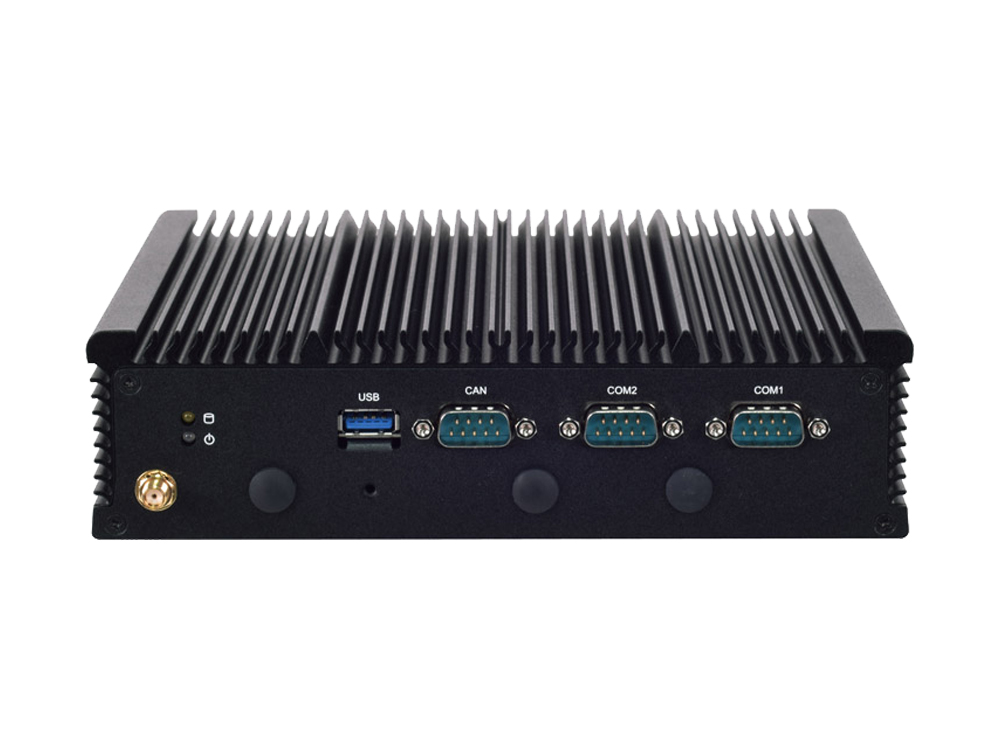Background
In recent years, there are some waste collection companies beginning the adoption of digital technology to optimize their assets and investments. Since fleets and drivers are critical for the success of such business, it is essential to equip them with an onboard vehicle computer that can maximize route planning, ensure safety on roads, and help perform collections punctually. The implementation of such device is meant to replace manual routing so that the locations for dispatch can be automated to reduce unnecessary mileage, lower carbon footprint and improve customer satisfaction.
Requirements
A multinational waste management solution provider approached Lanner for an onboard computer that supports route planning, RFID sensor connections, IP camera surveillance, real-time data transmissions between the dispatched and the control center, in order to maximize traveling time and asset investments. The required technology requirements are as followed:
Built-in GPS module for fleet tracking and route planning
This aspect is perhaps one of the most essential technological requirements. Fleets are important assets for companies, and thus, GPS is necessary for the fleet owners to be able to track the dispatched fleets. Also, the onboard computing unit shall be accompanied by route planning and navigation functions to maximize time usages. In case of varied standards, the onboard computing unit shall support the mainstream specifications such as GPS/GLONASS.
Wireless Connectivity
Another major requirement for waste logistic is the real-time communication between the dispatched fleets and the control center. Therefore, the onboard computing unit shall support Wi-Fi/3G/4G/LTE wireless network connectivity for real-time data streaming, event notification and communications so that the control center staff can always receive information and updates from the dispatched fleets.
Power-over Ethernet
Since fleets are valuable assets, surveillance in-and-around the vehicles is critical for the safety of the fleets and personnel. Therefore, the onboard computing unit shall provide PoE (power-over Ethernet) connections for the purpose of IP camera installations. With IP cameras installed, situations inside and around the vehicles can be recorded.
Various I/O for sensors
Today’s waste logistic relies on sensors to measure the amount per collection, and RFID scanning devices are handy in this application. Thus, it is essential for the onboard computing unit to come with USB and RS-232 interfaces for the connection with RFID scanners. With the scanners, the collected volumes can be automatically measured.
Physical ruggedness
The roads may be bumpy in some areas and thus the onboard computing unit must be compliant with military standard shock and vibration resistance.
CAN bus
CAN bus possesses the driving history of vehicles so that this component can be used for later diagnostic or maintenance.
Lanner Solutions
To assist drivers in maximizing efficiencies, Lanner presents LVC-2000 and LVC-5000 as the onboard solutions that can function as the in-vehicle controller to manage and control all the components of a waste logistic fleet.

LVC-2000 comes with multiple I/O ports like USB, DIO and COM interfaces to connect with mainstream sensor devices, particularly RFID-based hardware. With RFID sensor and detection, collection volume thus becomes measurable. If a collecting truck is reaching its full capacity, as measured by RFID sensors, the driver can inform the control center to dispatch another truck for collection. Notably, LVC-5000 offers even more variety of I/O connectivity, such as two serial COM ports, 4x4 Digital I/O, PoE RJ-45 ports and 4 USB ports, if more sensors are connected for real-world applications. For instance, LVC-5000 can connect up to 4 sensors around the vehicle.
Regarding the importance of route planning and fleet tracking, both LVC-5000 and LVC-2000 are built in with GPS/GLONASS/G-sensor modules to enable route navigation and tracking functions.
As an in-vehicle controller, both LVC-2000 and LVC-5000 are compliant with reliability standards such as MIL-STD-810G for shock and vibration resistance and are both E13 certified. However, if the vehicle controller is to be used as an onboard NVR, LVC-5000 will fit the needs much better than LVC-2000, due to its I/O designs with PoE ports.
With the importance of real-time communications between the dispatched and the control center, both LVC-2000 and LVC-5000 provide mini-PCIe slots for wireless network modules that can comply with Wi-Fi/3G/4G/LTE connectivity. Notably, LVC-5000 offers SIM card readers.
By options, both vehicle controllers can be added with CAN module compliant with J1939 and J1709 protocols. CAN bus information can be used for analysis and diagnostics about vehicle driving records.
For future implications, smart waste logistic may work with connected trash bin for more accurate collection services.
Related Articles
- Networked Vehicles Improves Service Fleet Productivity
- Integrating Gateways in Business Transporters for Infotainment and Fleet Management Enhancements
- Securing Cash-In-Transit with Access Control, Remote Tracking and Video Monitoring
Featured Product




